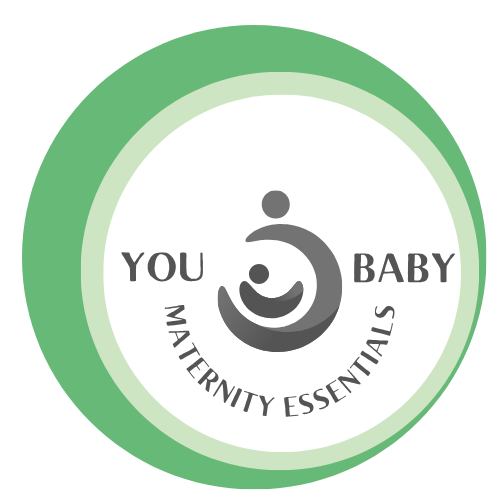- Pain over the centre of the pubic bone level with the hips.
- Pain is acute when starting to walk and may ease a little as more steps are taken.
- Pain across one or both sides of the lower back.
- Pelvis may feel weak or unstable. Some may feel or hear a clicking or grinding in the pelvic area.
- Pain can radiate to perineum and/or thighs.
During pregnancy, 1 in 5 women experience Pelvic girdle pain (PGP) or Symphysis Pubic Dysfunction (SPD).
What causes it?
The bones of the pelvis are joined together by strong connective tissue. These joints normally move slightly; however, pregnancy hormones soften the joints giving greater and uneven movement. This can lead to the pelvic girdle becoming less stable and increased movement in the joints causes pain. The pain can be acute and unpleasant. As pregnancy progresses, the baby grows and posture changes, the pain can increase.

Pain points in pelvic girdle pain
What makes it worse?
- Weak pelvic floor, core, and buttock muscles.
- Walking
- Going up or down stairs.
- Standing on one leg (for example, when you're getting dressed) or crossing your legs.
- Turning over in bed.
- Moving your legs apart (for example, when getting in or out of a car or bed).
- Lifting or carrying heavy objects.
- Crouching, bending or sitting for prolonged periods.
- Uneven weight distribution on legs, carrying a toddler on hip.
How can it be relieved?
Ideally, before pregnancy strengthen your core, pelvic floor, and buttock muscles.
If you are pregnant and experiencing pelvic pain here are some things you can do to relieve the stress on your pelvis, thus relieve the symptoms.
- Wear a pregnancy support belt. This will help support the joints in your pelvis and give some relief and confidence.
- A balance between keeping active and getting rest, but avoid doing things that make the pain worse.
- Changing your position frequently – try not to sit for more than 30 minutes at a time.
- Wear supportive shoes.
- Put equal weight on each leg when standing.
- Sit down when dressing or undressing.
- In bed, put a pillow between your legs and bump for added support.
- Keep your knees together when getting in and out of the car or bed and turning over in bed.
- Lie on the less painful side while sleeping.
- Standing tall with your bump and bottom tucked in a little.
- Heat or cold packs.
Sometimes the pelvis becomes very unstable and requires Physiotherapy treatment and/or the need to use crutches or other walking aids.
If you experience pain consult your Midwife or Health Practitioner who will advise regarding referral to Physiotherapist or other management.
You and Baby sell ‘Smiley’ pelvic support belts that have been designed in New Zealand.
Disclaimer: The information provided herein is the author’s opinion and provided for entertainment purposes only. While You and Baby Limited strives to make the information on this website as timely and accurate as possible, You and baby Limited makes no claims, promises, or guarantees about the accuracy, completeness, or adequacy of the contents of this site, and expressly disclaims liability for errors and omissions in the contents of this site. You and Baby Limited are not providing medical advice and encourage readers to seek professional maternity or medical assistance.
